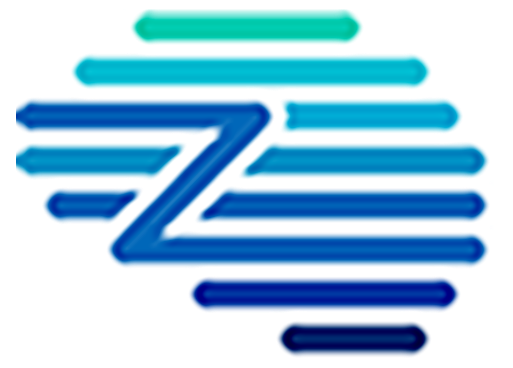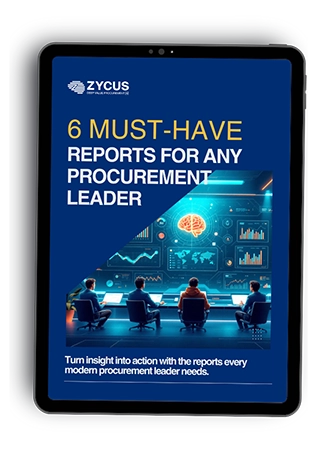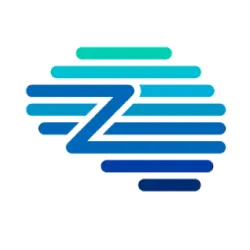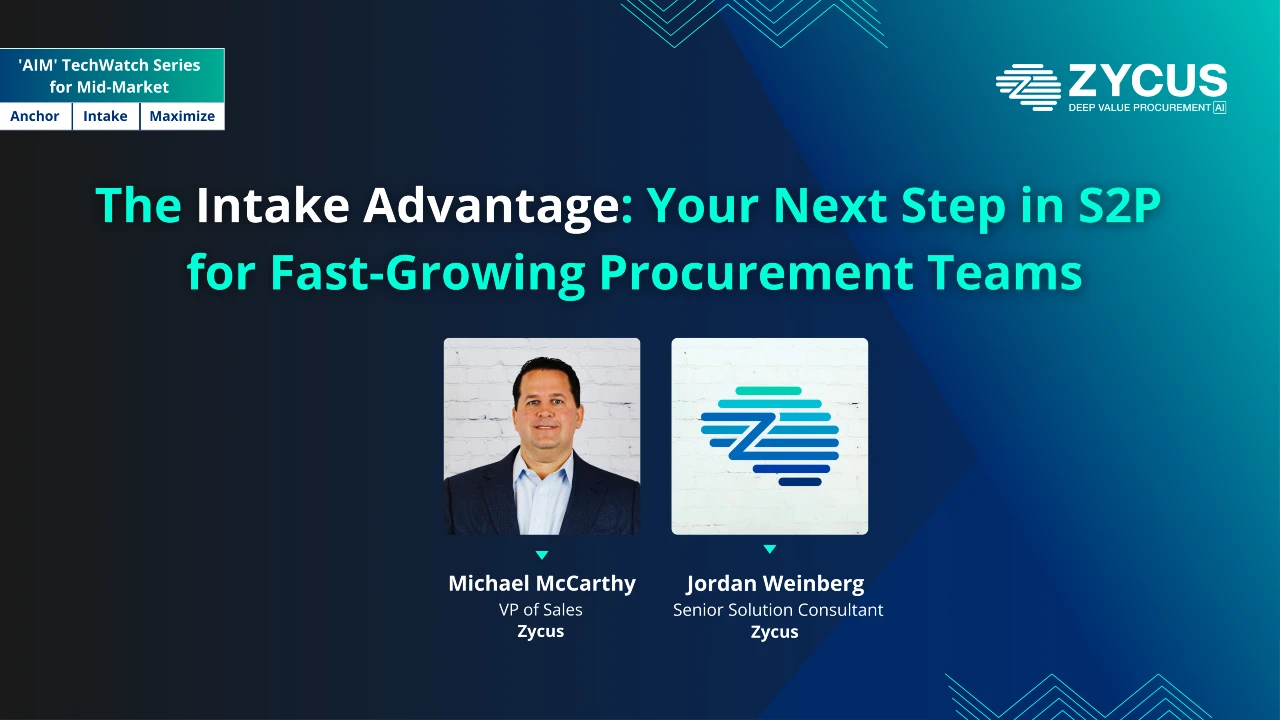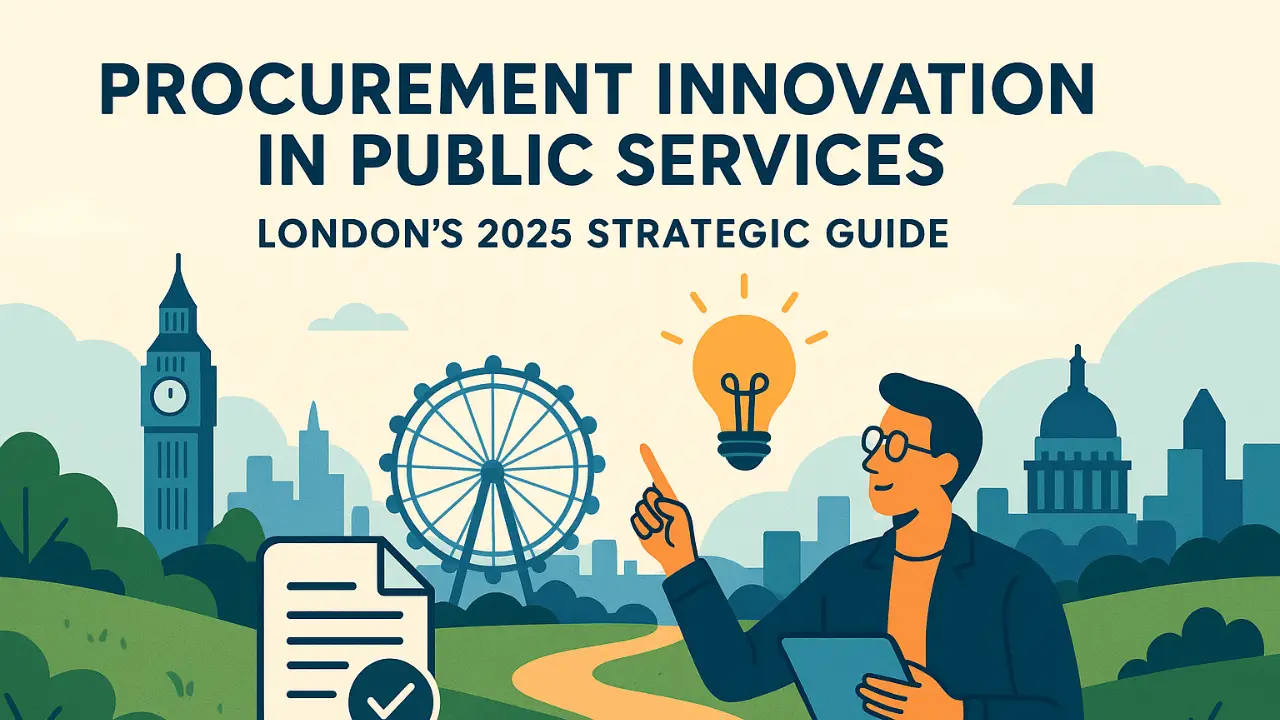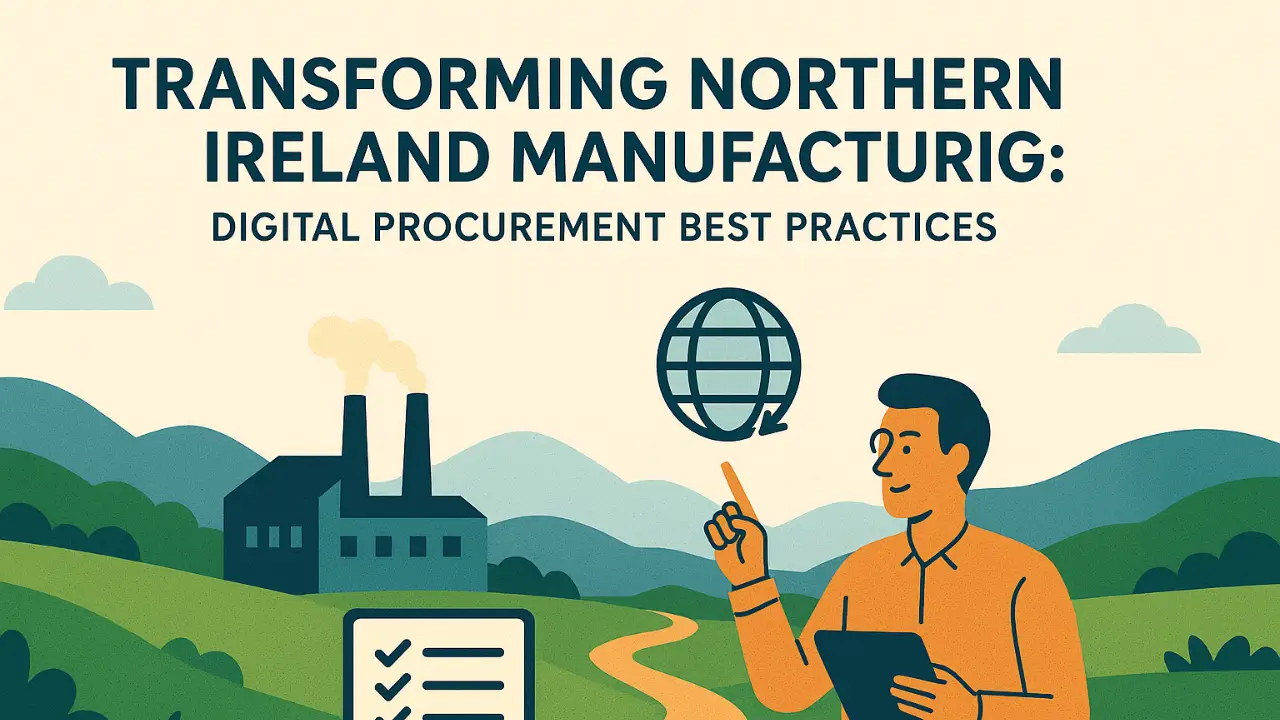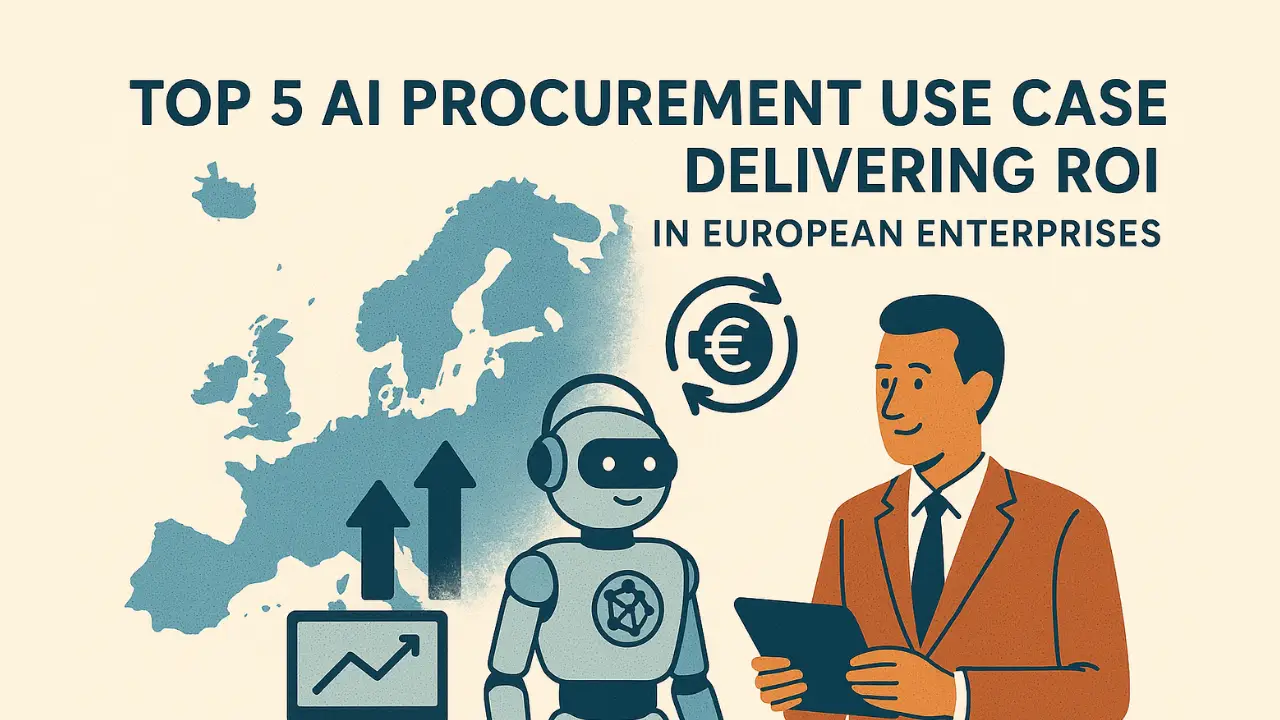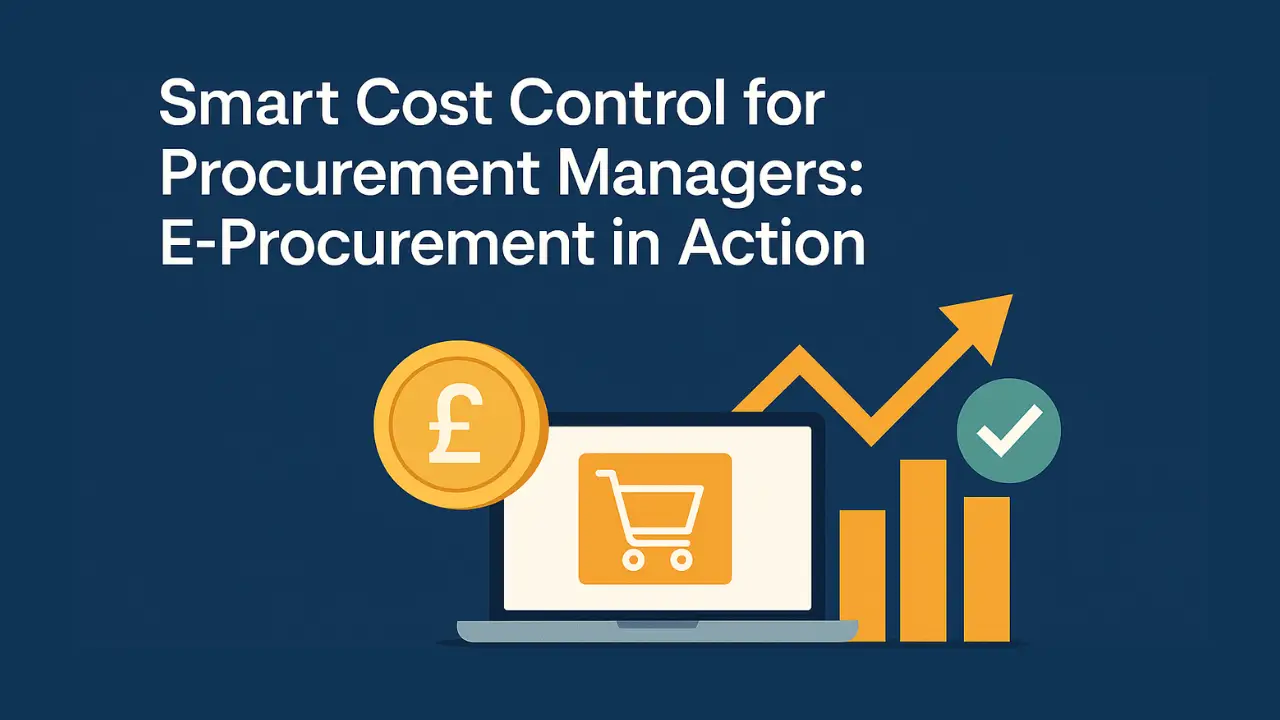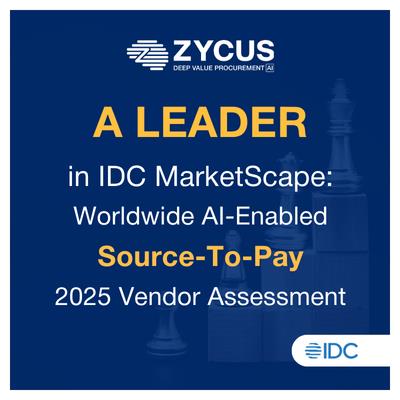Procurement has moved far beyond spreadsheets and manual reporting. In today’s business landscape, procurement analytics is no longer a “nice-to-have” but a strategic necessity. By transforming raw data into actionable insights, procurement analytics empowers organizations to cut costs, mitigate risks, and align procurement strategies with broader business objectives.
TL;DR
- Procurement analytics transforms procurement data into actionable insights for savings, compliance, risk management, and supplier performance.
- Four key types: descriptive (what happened), diagnostic (why it happened), predictive (what’s likely), and prescriptive (what to do).
- Use cases span category management, contract optimization, P2P efficiency, sustainability, and supplier risk mitigation.
- A strong procurement analytics framework builds a single source of truth, drives adoption, and scales with business complexity.
- Zycus Procurement Analytics leverages AI, automation, and predictive insights to deliver real-time visibility and smarter sourcing decisions.
What is Procurement Analytics?
Procurement analytics is the process of collecting, cleansing, and analyzing procurement-related data to gain visibility into spend, supplier performance, contract compliance, and potential risks.
Unlike traditional reporting that is retrospective, procurement analytics provides foresight and prescriptive actions. For example:
- A descriptive report might show how much was spent on IT services last quarter.
- Predictive analytics can forecast how IT spend will grow next year.
- Prescriptive analytics can recommend consolidating vendors or renegotiating contracts to achieve savings.
By elevating procurement from transactional to strategic, analytics enables organizations to move from reactive firefighting to proactive decision-making.
Download Whitepaper: Optimizing Success through Advanced Procurement Analytics
Why Procurement Analytics Matters
Procurement has become a strategic growth lever. Here’s why analytics plays a central role:
1. Data-Driven Decisions
Analytics harmonizes data across ERP, P2P, contracts, and supplier systems into a single source of truth. Finance, procurement, and business units can make aligned, evidence-based decisions.
2. Beyond Cost Cutting
Procurement analytics uncovers hidden opportunities—rogue spend, contract leakage, and supplier consolidation—that go beyond simple price negotiations.
3. Supplier & Risk Management
Analytics tracks supplier performance KPIs, compliance, and risk signals, enabling organizations to prevent disruptions before they occur.
4. Scalability with Complexity
As businesses expand into new regions or categories, analytics ensures spend visibility at both global and local levels.
5. Strategic Alignment
With better insights, procurement strategies directly support business objectives like cash flow resilience, ESG goals, and competitive advantage.
Types of Procurement Analytics
To understand its full potential, it’s useful to break procurement analytics into four categories:
1. Descriptive Analytics – What happened?
Provides visibility into past spend, contract usage, and supplier performance. Example: tracking total spend by category or supplier.
2. Diagnostic Analytics – Why did it happen?
Explains patterns and root causes. Example: identifying why marketing spend exceeded budget or why a supplier missed delivery timelines.
3. Predictive Analytics – What will happen?
Uses historical data and AI to forecast outcomes. Example: predicting commodity price fluctuations or supplier insolvency risk.
4. Prescriptive Analytics – What should we do?
Recommends best actions. Example: suggesting renegotiation of contracts or shifting spend to alternative suppliers.
Together, these analytics levels move procurement from hindsight to foresight to action.
Key Use Cases Across the Procurement Lifecycle
1. Category Management
- Identify cost-saving opportunities
- Segment suppliers by risk and value
- Develop category-specific sourcing strategies
2. Contract Management
- Detect maverick spend or leakage outside contracts
- Spot opportunities for renegotiation
- Ensure optimal contract coverage
3. Procure-to-Pay (P2P) Efficiency
- Analyze purchase order and invoice cycles
- Identify bottlenecks causing delays
- Optimize working capital and prevent fraud
4. Supplier & Risk Management
- Monitor supplier KPIs (on-time delivery, quality, responsiveness)
- Assess financial and geopolitical risk exposure
- Map supplier relationships to detect hidden dependencies
5. Sustainability & ESG Goals
- Track supplier diversity
- Monitor carbon footprint and ethical practices
- Align procurement with corporate sustainability commitments
Building Analytical Maturity in Procurement
Organizations typically progress through three stages of procurement analytics maturity:
- Foundational: Basic spend reporting, manual classification, limited visibility.
- Intermediate: Automated dashboards, category-level insights, some predictive capabilities.
- Advanced: Real-time predictive and prescriptive analytics embedded into decision-making.
- The journey requires investment not only in technology but also in data quality, governance, and stakeholder adoption.
The Build vs. Buy Dilemma
Many companies begin with spreadsheets or in-house BI tools. While functional at first, these approaches often fail to scale:
- High manual effort for data cleansing
- Hidden costs in maintaining integrations
- Limited predictive capability
- Slow time to insight
Best-of-breed solutions like Zycus Procurement Analytics deliver faster ROI, robust scalability, and AI-driven intelligence that DIY tools cannot match.
Why Zycus Stands Out in Procurement Analytics
Zycus offers a comprehensive suite of analytics capabilities designed for modern enterprises:
- Zycus Spend Analytics: Automates data cleansing, harmonization, and classification, delivering accurate and near-real-time insights.
- Predictive Analytics & AI: Forecasts demand, predicts supplier risks, and recommends prescriptive actions.
- P2P Analytics: Improves visibility across procurement cycles, identifies bottlenecks, and optimizes working capital.
Read more: Ways Spend Analytics Can Save Your Business Money
With Zycus, organizations gain a single source of truth for procurement data—scalable, automated, and designed to turn insights into measurable outcomes.
Implementation Roadmap: How to Get Started
Lay the Data Foundation
Integrate ERP, P2P, contracts, and supplier data; cleanse and harmonize it.
Enable Visualization
Build dashboards for category, supplier, and compliance insights.
Layer in Advanced Intelligence
Deploy predictive and prescriptive AI to optimize sourcing and mitigate risks.
Drive Adoption & Governance
Establish cross-functional access, align KPIs with business goals, and embed analytics into everyday workflows.
Real-World Impact
Enterprises adopting procurement analytics with Zycus report:
- 10–15% reduction in maverick spend
- 20–25% faster sourcing cycle times
- Significant gains in supplier performance visibility
- Better compliance and reduced risk exposure
The Future of Procurement Analytics
Looking ahead, procurement analytics will increasingly:
- Integrate ESG and diversity metrics into core dashboards
- Enable real-time scenario planning for volatile supply chains
- Leverage AI agents to recommend negotiation strategies and contract clauses
- Serve as a growth lever, not just a cost-saving tool
Conclusion
Procurement analytics is no longer optional. For organizations aiming to reduce costs, manage risks, and align with business strategy, analytics provides the foundation for smarter, faster, and more resilient procurement.
With Zycus Procurement Analytics, enterprises can move beyond fragmented data and reactive reporting- into a future where procurement insights drive competitive advantage.
FQAs
Q1. What is procurement analytics?
Procurement analytics is the process of collecting, cleansing, and analyzing procurement data to gain insights into spend, supplier performance, compliance, and risk, enabling smarter and more strategic decision-making.
Q2. Why is procurement analytics important?
Procurement analytics is important because it helps organizations reduce costs, prevent maverick spend, improve supplier performance, and align procurement strategies with business goals.
Q3. What are the types of procurement analytics?
The four main types are:
- Descriptive (what happened)
- Diagnostic (why it happened)
- Predictive (what will happen)
- Prescriptive (what should be done)
Q4. What are the key use cases of procurement analytics?
Use cases include spend visibility, category management, supplier risk monitoring, contract compliance, sustainability tracking, and improving P2P efficiency.
Q5. How do you implement procurement analytics?
Implementation involves integrating procurement data, cleansing and harmonizing it, building dashboards, and leveraging AI-driven predictive and prescriptive insights to guide decisions.
Q6. How does Zycus support procurement analytics?
Zycus offers AI-powered solutions like Spend Analytics, SpendCube, and Predictive Analytics, helping enterprises gain real-time visibility, forecast risks, and optimize sourcing strategies.
Related Reads:

